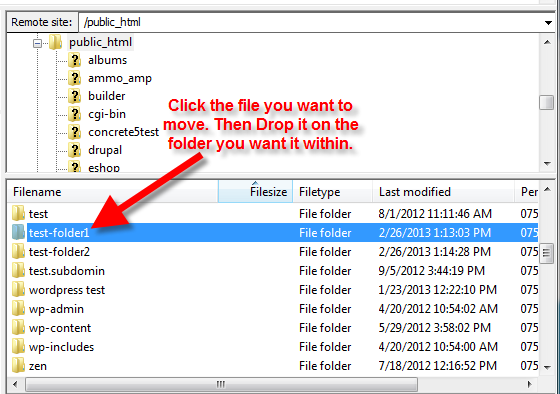

We’re also saying that guest is okay (anyone on the network can access it) and that anyone on the network can create files and directories. The name of the share is going to be “pi” and we’re specifying that it can be read, written, browsed. Add the following to your smb.conf file, somewhere near the share.Instead of tweaking one that they provide by default, we’re going to create our own. I just wanted to show you how this worked. Now, go back and change that setting back under homes because we’re going to set up a share a different way for the Pi.Change it to yes, save the config file, and observe that refreshing your file explorer window now shows a folder: “homes.” Cool! But don’t click on it because that won’t work yet. This configuration says that the home directories on the pi are not accessible. Navigate to the line in the samba configuration file with the heading “” (line 244 at the time of this writing), and then find the setting underneath that says “browseable = no”.That’s because samba is running but you haven’t yet configured a share. If you go navigate to your pi’s IP address (start, run, “\\piip”), you’ll see that it comes up but contains no folders.Now, type “sudo nano /etc/samba/smb.conf” to edit, with elevated permissions, the newly installed samba configuration file.Next do a “sudo apt-get install samba-common-bin” to install a series of utilities and add-ons to the basic Samba offering that are going to make working with it way easier as you use it.Type “y” and hit enter when the “are you sure” prompt comes up telling you how much disk space this will take.SSH into your Raspberry Pi and type “sudo apt-get install samba” which will install samba.This assumes that you’ve setup SSH already. It allows your Linux machines to “speak Windows” when it comes to file shares. But wouldn’t it be handy if you could simply navigate to the Pi’s files the way you would a shared drive in the Windows world? Well, good news - that’s what Samba is for. Perhaps you use FTP and something like Filezilla to send files back and forth, or maybe you’ve gotten comfortable enough with the git command line in Linux to do things that way. One thing that you’ve probably noticed is that working with files on the Pi is a bit of a hassle. As such, working with a Raspberry Pi is sort of like coming home in a way, and I thought I’d offer up some Linux goodness for any of you who are mainly.


My background is a bit more eclectic, and, before starting with C# and WPF full time in 2010, I spent a lot of years working with C++ and Java in Linux. NET space and within the Microsoft technology ecosystem in general. If I had to guess at this blog’s readership demographic, I’d imagine that the majority of readers work mainly in the. Category: Home Automation Tags: Raspberry Pi, Samba


 0 kommentar(er)
0 kommentar(er)
